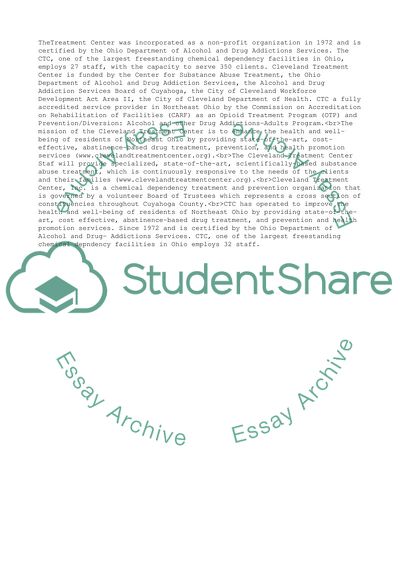Cite this document
(“The Funding Sources of Cleveland Treatment Center Assignment”, n.d.)
The Funding Sources of Cleveland Treatment Center Assignment. Retrieved from https://studentshare.org/management/1678961-organizational-profile
The Funding Sources of Cleveland Treatment Center Assignment. Retrieved from https://studentshare.org/management/1678961-organizational-profile
(The Funding Sources of Cleveland Treatment Center Assignment)
The Funding Sources of Cleveland Treatment Center Assignment. https://studentshare.org/management/1678961-organizational-profile.
The Funding Sources of Cleveland Treatment Center Assignment. https://studentshare.org/management/1678961-organizational-profile.
“The Funding Sources of Cleveland Treatment Center Assignment”, n.d. https://studentshare.org/management/1678961-organizational-profile.


